In my past life I worked in the automotive industry for over 20 years. In that time, I realized that the hard part about fixing cars is not changing an alternator or removing and replacing a transmission. The hard part was always figuring out what was causing the conditions of failure and what you had to do to fix it. I distinctly remember an older customer with a late model Mercedes-Benz. The dealer told her she needed a new transmission computer as the car would not drive correctly, shuddering and hard shifting. When she dropped it off, I asked her when the problem started. She said had loaned it to her son and when she got it back it was broken. We scanned the transmission computer but found no issues. We ran the adaptations for the transmission, basically ctrl/alt/delete, restart and defrag for a control module. The car ran beautifully. I recognized that the adaptive transmission learned her sons full throttle highway driving style, and grandma going to church and bingo style just didn’t work the same. The dealer didn’t recognize this. Her $4,000 engine computer was fixed with a $100 reset!
What the heck is wrong with my outboard? Don’t fret, I am here to help…
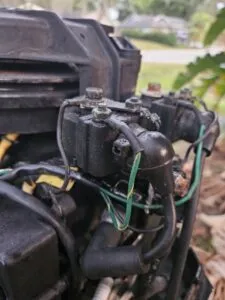
I went off on a tangent, but it lays out the baseline for good diagnostics. “Look, listen, feel and pay attention to conditions.” This applies to outboards too. I will give you a few different scenarios of outboard failures, apply diagnostic processes and suggest possible repairs based on findings. Please remember, all outboards are different, this is a generalization on how to figure out what is wrong, not necessarily the steps to repair for your outboard.
Back to the beginning!
YOUR OUTBOARD WON’T START
There are three things any gas engine needs to run: fuel, air and spark. Let’s touch on each of these in order.
Fuel: First, is there fuel in the tank? Make sure it’s clean. Make sure it’s fresh.
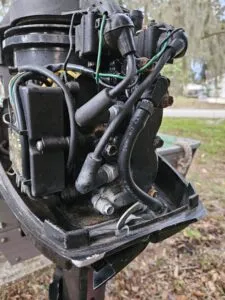
Second, can fuel get to the engine? Pickup tubes can rot and the lining of fuel hose can erode. Check valves in priming bulbs can clog, while fuel filters can be contaminated. Disconnect the fuel hose at the carburetor, make sure any fuel shut off valve is open, squeeze the bulb and see if fuel comes out. If it doesn’t, work your way back to the tank, cleaning and replacing as necessary. If it does, move on! You have verified your fuel supply system is good!
Third, is the fuel getting in the engine? I will skip the pleasantries of clogged jets, reed valves and compression specifications. You can read about these in your outboard’s workshop manual, (a must have) if it fails this simple test. Pull the starting cord a half dozen times with the choke on. Then, remove the spark plug. Smell it! Does it smell like fuel? If it does, great! It’s not the fuel system. If it doesn’t, please review the forementioned pleasantries to find the problem… that covers the fuel system to the extent of the engine starting. If it starts and dies or lacks power—those are different issues. I am sticking to the basics in this article. Moving on to air.
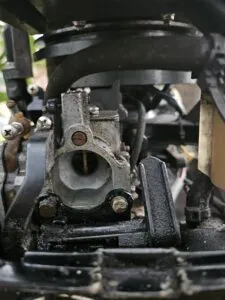
Air: The engine needs to breathe.
Put you hand over the carburetor inlet and have an assistant pull the cord. Does it try to suck the palm of your hand into it? If it does, great! You have compression. If it doesn’t, your day may have just become much more expensive. The engine internals may be damaged.
Check for barnacles in the exhaust ports or inside the propeller hub and move on if everything checks out.
Spark: Is the match lighting the fire?
Check the kill switch tether and clip. Make sure it is in good shape. If you doubt it, replace it.
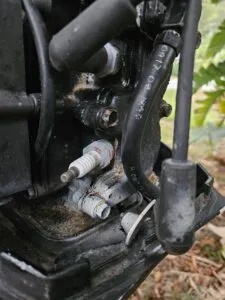
For less than $10 you can get a spark tester at Harbor Freight, an auto parts store or Amazon. If you carry a spare spark plug for your outboard, carry a spark tester. Disconnect the plug wire, connect the tester in line and have your assistant pull the start cord again a few times. The little neon bulb will flicker if you have spark. If it does, great! Your ignition system is working. If it doesn’t, coils and ignition control units are suspect. Refer to your specific repair manual for further testing.
Pull out the spark plug and replace it. Look at the white ceramic insulator. If there are burn marks or black stains, check the high-tension wire for cracks or burn marks and replace as needed. These parts are pretty cheap for most engines. If there are any doubts, replace them.

If you have followed this process to the end, the engine should start. Run it at idle for a few minutes, make sure everything is ok and go drop off that trash, patting yourself on the back for a job well done. If it still doesn’t start, or you find something is in catastrophic failure, don’t be afraid to stop and call an expert. Accepting the limits of your own abilities can be hard. Breaking something expensive is so much worse!
I’ll be writing about specific outboard model diagnostics in upcoming articles to help you get to know your own outboard better.












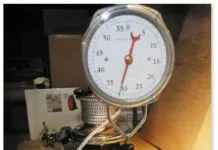

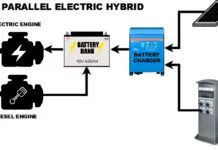



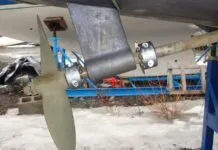


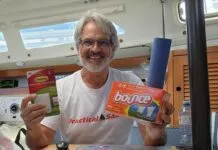












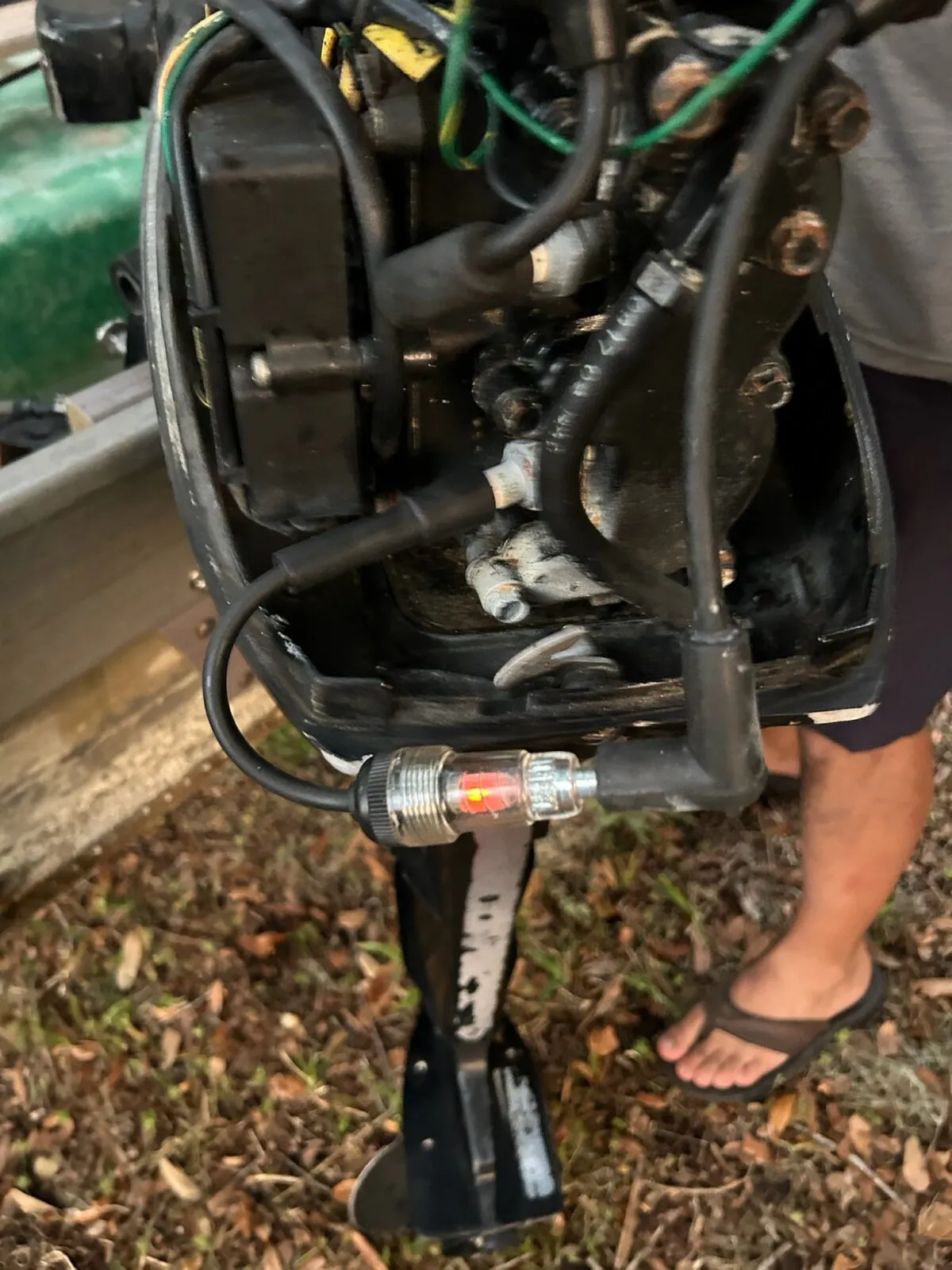








Great article!
I would add one more important item to the troubleshooting – make sure your fuel does not have water. And learn to drain carburetor bowl. In fact if it does not start and you check everything that mentioned in the article, open and carburetor bowl drain valve and pump good fresh fuel through the system. Close the valve and try to start.
This website is broken — I’m unable to read the article even after logging in.
I can’t read the article after signing in. Too! This is an ongoing problem with your publishing system. Please fix!
This has been going on for months. Please fix your website so that when we log in we can read the articles.
Why do i need to login if im get an email woth link to free magazine?